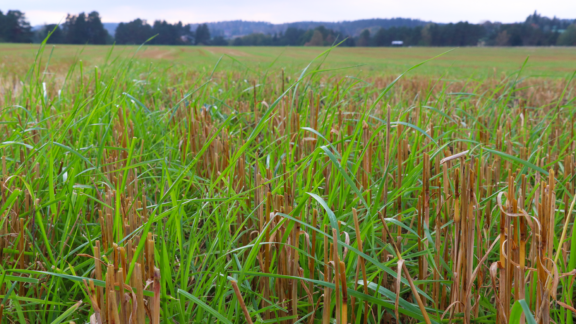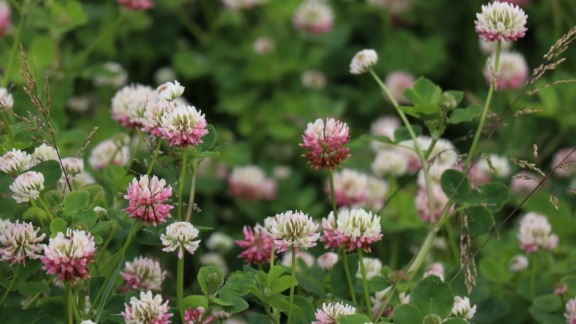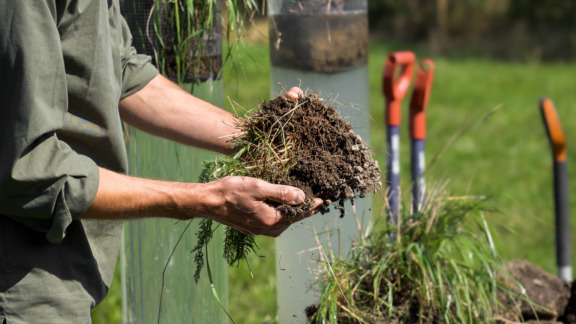Drained agricultural peatland soils are important sources of nitrous oxide and carbon dioxide – glyphosate seems to increase emissions
Article: Two contrasting years of continuous N2O and CO2 fluxes on a shallow-peated drained agricultural boreal peatland
Authors: Gerin, Stephanie et al.
Journal: Agricultural and Forest Meteorology
Year: 2023
Agriculture contributes significantly to the global anthropogenic greenhouse gas emissions. The soils are well known to be significant sources of nitrous oxide on a global scale, mainly due to the application of synthetic fertilizers and peatland degradation.
Drained agricultural boreal peatlands are a large source of nitrous oxide (N2O) and carbon dioxide (CO2). In Finland, cultivated peat soils represent ca. 13% of agricultural soils, but they contribute 43% of the total nitrous oxide emissions and 82% of the total carbon dioxide emissions from agricultural lands.
Nitrous oxide fluxes have high spatial and temporal variability. Thus, continuous measurements are needed to better understand how nitrous oxide emissions are triggered and to reduce the uncertainty of annual nitrous oxide budget estimations.
This study presents a two-year-long time series of continuous measurements of carbon dioxide and nitrous oxide fluxes of a shallow-peated drained agricultural peatland. The research field is located in Ruukki, Jokioinen, in Finland, and it is cultivated for grass silage. The fluxes were measured with the eddy covariance technique.
Overall, continuous measurements confirm that drained peat soils used for agriculture are significant sources of carbon dioxide and nitrous oxide. Several peak events of nitrous oxide were observed throughout all seasons. The peaks were associated with meteorological or management events, such as soil thawing or freezing, precipitation, fertilization, and glyphosate application.
Winter 2019–2020 was warmer than usual, with several soil freezing and thawing cycles taking place. The melting snow and thawing soil caused emission peaks of nitrous oxide. Carbon dioxide emissions were also higher during the warm winter than the following year, which was closer to the long-term average in terms of temperature and snow cover.
The application of glyphosate seemed to increase the emissions of both nitrous oxide and carbon dioxide. Glyphosate is known to kill plants in one to three weeks after application, which is when it was possible to start observing the high fluxes. More in-depth experiments should be conducted to better understand the impact of glyphosate application on greenhouse gas emissions.



